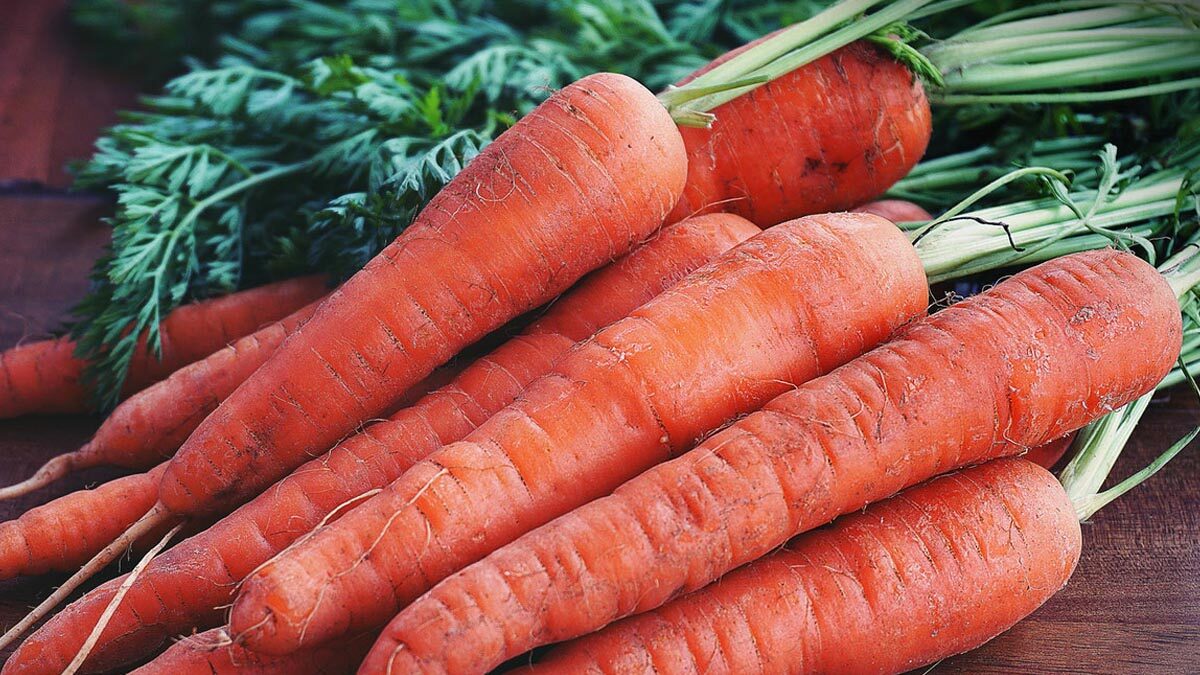The taste of a juicy tomato, just-picked off the vine at the peak of ripeness, is one of life’s simple pleasures – and for many of us it is a distant memory. When I was growing up my mother always kept a vegetable garden. I remember digging around in the dirt with her, eating sugar snap peas right off the vine, pulling up carrots and picking big juicy tomatoes for grilled cheese and tomato sandwiches.
Every summer we would visit my grandmother and trek through the fields behind her house to pick wild strawberries, which never made it into the containers we brought along to collect them in. October was my favorite time of year and wouldn’t have been half as much fun without a trip to the local orchard to pick apples, drink fresh cider and pick out pumpkins for carving.
Unfortunately, fields of wild fruit, small farms and orchards, and backyard gardens have all but disappeared from the landscape – replaced by housing developments and large-scale agricultural enterprises. But a quiet revolution is taking place in areas all over America. People are once again starting to look to local sources for their food.
Many of the reasons are obvious. Most locally grown fruit and vegetables are bred for taste – not long distance shipping, high yields and shelf life. They are usually harvested within 24 hours of being purchased, and since nutritional value declines over time, locally grown produce is fresher and better for you.
And eating locally produced food isn’t just good for you – it’s good for the environment and your local community as well.
One fifth of all the petroleum used in the United States today is used in agriculture, so buying locally conserves energy. It also boosts the local economy – food dollars are spent within the community. Regional food production systems also help protect against dependency on far-away food sources and enable people to influence how their food is grown. Large, less diversified farms not only hurt the environment and the local economies – they also remove any real accountability of the producer to the consumer. By getting to know your farmer and how they grow your food, you can help influence what is grown and how, as well as affect the impact on the planet and your community.
What can you do to support local agriculture?
Here are some suggestions
- Learn which foods are in season in your area and try to plan your meals around them.
- Shop at a local farmer’s market.
- Ask the manager or chef of your favorite restaurant how much of the food on the menu is locally grown, and then encourage him or her to buy food locally.
- Take a trip to a local farm to learn what it produces.
- Buy extra quantities of your favorite fruit or vegetable when it is in season and experiment with drying, canning, jamming, or freezing it for a later date.
- Plant a garden and grow some of your own food.
Learn more about local food at www.MyVegetablePatch.com
Send Morgan an email at morgan@myvegetablepatch.com
